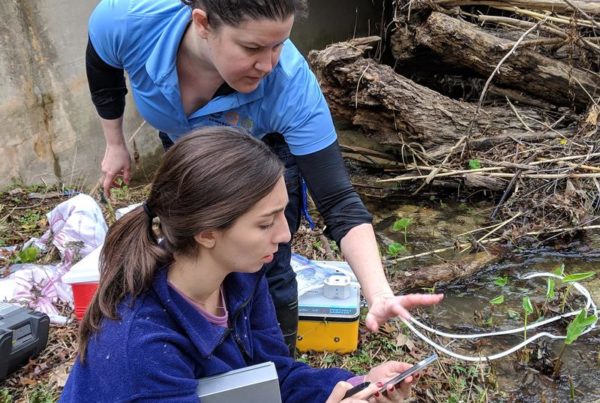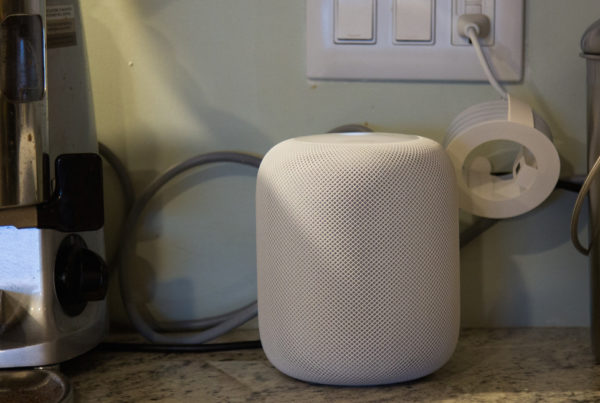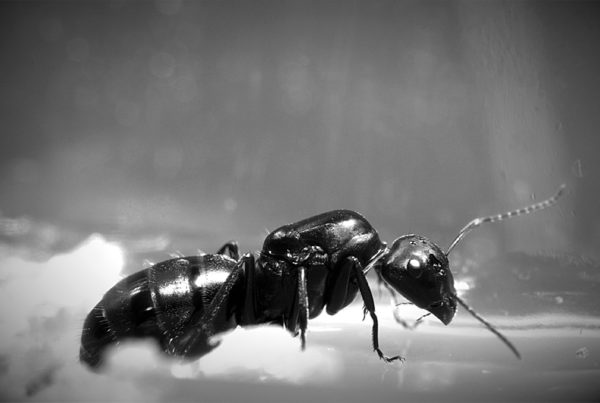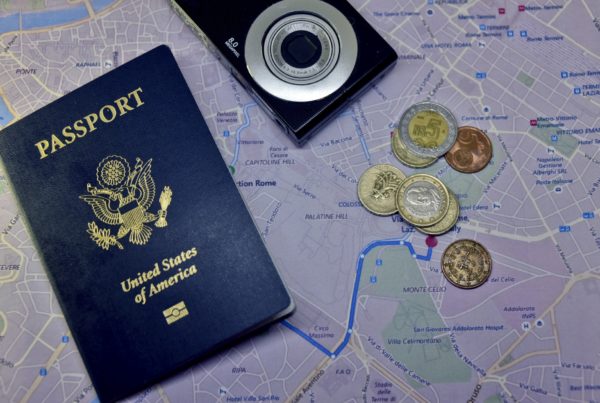All over the world, people are facing health challenges that weren’t a problem for our ancestors. Obesity, for one, is an epidemic in America and elsewhere. Heart disease is another big one. And there are things like carpal tunnel, and other aches and pains so many people experience because they spend their day hunched over their computer keyboards.
Our ancestors didn’t face these ailments, especially in such high numbers, because we interact with our world differently than they did with theirs.
For our Spotlight on Health project, University of Kent Professor Vybarr Cregan-Reid helps us learn more about this through his new book, “Primate Change: How the World We Made is Remaking Us.”
On the kind of environment our bodies were meant to deal with:
Our DNA was born on the African savannas about 2.3 million years ago. … That environment was perfect. You really need two things to make an effective body: you need good DNA, but you need an ideal environment for that DNA. It’s no use having very strong fins if you’re born on land.
On today’s work environment:
What’s happened recently is that all of a sudden, we’re now doing predominately mental work, so that the only things that really do the work now are our fingers and our brains, and our bodies don’t really know what to with their new life. Our DNA didn’t adapt to sit at a computer. It didn’t adapt not to move; it didn’t adapt to just sit still and think every single day.
On living longer but being sicker:
We live longer, we are taller, but we’re a very morbid species; we get ill sooner than we should, we get illnesses that we didn’t used to get.
On our ancestors’ life expectancy:
We hear it repeated a lot that ancient peoples lived till their mid-twenties: it’s only partly true. It’s terrible to say, most humans died before the age of 2. But if you made it to about the age of 10, chances are you’d probably live till about, you know, 60 or 70 years old.
On human health today, compared to our ancestors:
It’s not that we’re living much, much longer … what we’re really, really losing is the good, quality years. Many people get ill in their 40s or their 50s; they start having minor health complications like Type 2 diabetes, or arthritis, or illnesses that are related to obesity, and these become sort of gateway pathologies because they open the gate to other illnesses.
On today’s biggest health risks:
Type 2 diabetes, obesity – obesity is a massive one. We used to die because we were predated upon or because we were at war with somebody that wasn’t in our group or tribe, whereas now, it’s a bit like houseplants – they die because we give them too much water. Most humans die today because we eat too much.
On what we can do about it:
We’re not too far down the line at all. … At the end of every section [of the book] there’s a winding, back section, which just gives basic advice for giving the human body just a little bit more of what the DNA was expecting to find in the environment that it was born into. Just walking a little bit more is, I’d say, one of the easiest and most life-changing things that most people can do to have an impact on their health.
Written by Caroline Covington.
Support for Texas Standard’s “Spotlight on Health” series is provided by St. David’s Foundation.
















